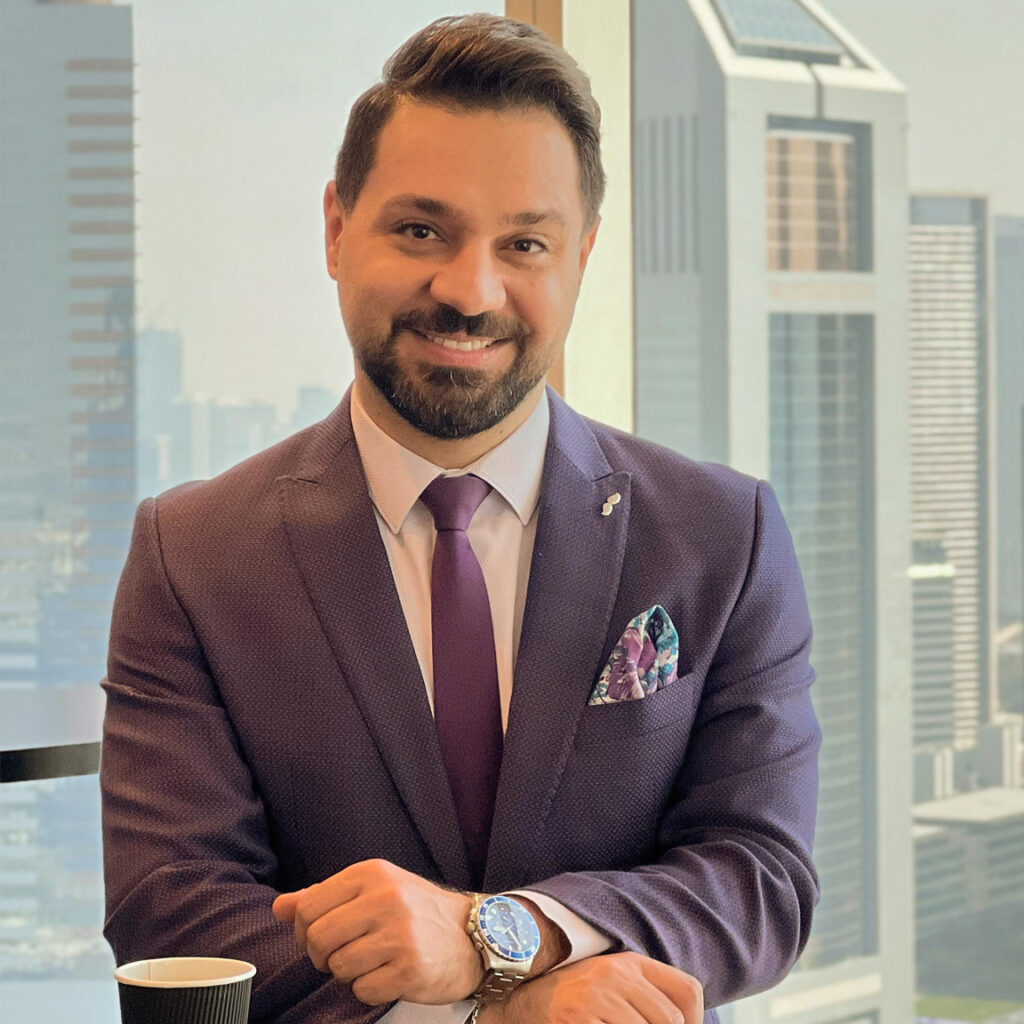The institutional credibility of governments is under constant scrutiny due to the instantaneous flow of information and the proliferation of misleading narratives. This makes building public trust a more urgent and complex strategic imperative. The traditional government communication model, which relies on official press releases and a few central spokespersons, is no longer sufficient to build a strong and reliable relationship with a public that is more informed, demanding, and interconnected than ever before.
From this standpoint, an inevitable strategic shift emerges in the concept of the “government’s voice.” This voice no longer emanates solely from the top of the administrative pyramid; rather, it has become the collective result of the actions and voices of all state employees. Therefore, mainstreaming and adopting the culture of the “Employee Ambassador” and the “Expert Spokesperson” is no longer just an innovative public relations practice. It has become a fundamental pillar of good governance strategy and a vital means of rebuilding trust and embodying the human and professional face of the state.
The core concept of this culture is that every interaction between a government employee and a citizen, resident, or investor is a “Moment of Truth” that either contributes to building trust or eroding it. Whether at a customer service center, during an inspection visit, or through an email response, the employee’s behavior, professionalism, competence, and empathy collectively shape the customer’s direct experience with the “state” itself. Therefore, the role of the “Employee Ambassador” goes beyond merely promoting the institution’s reputation; it is an embodiment of the state’s commitment to the values of public service, integrity, justice, and efficiency. Building this foundation requires a shift from a process-focused culture to a human-centric one. This necessitates providing all employees with basic and continuous training in public service ethics, effective communication principles, and customer interaction skills, in addition to instilling a deep understanding of the institution’s vision, values, and goals, so that employees feel they are an integral part of a larger mission and take pride in representing it.
While every employee serves as an ambassador through their values and behavior, the advanced level of this culture lies in building an organized and qualified network of “Expert Spokespersons.” This does not mean that every employee is authorized to speak to the media. Instead, it is a deliberate strategy to identify individuals with deep technical and specialized knowledge within government institutions (such as senior doctors, engineers, economists, or policy experts) and then qualify them to be credible voices in their fields. This qualification includes advanced training programs in public speaking, media relations, simplifying complex concepts for the public, and understanding the limits of their authority while adhering to approved institutional messages. The existence of this network of experts forms a protective shield against misinformation and rumors, as they can provide accurate, reliable, and timely information. This significantly enhances the government’s credibility and transforms it into a trusted source of knowledge in the public’s eyes.
Adopting this dual culture (the general ambassador and the expert spokesperson) yields strategic returns that extend beyond merely improving the institution’s media image. First, it helps build a more human and authentic relationship with the public, as the voices of employees and experts are perceived as more sincere and relatable than rigid official statements. Second, it improves the quality of public service delivery, because an employee who feels like an ambassador will be more diligent in providing an outstanding service experience. Third, it increases the effectiveness of public policies; when policies are explained and clarified by trusted experts, public understanding and acceptance increase, facilitating implementation. Fourth, it enhances the attractiveness of the government sector as a work environment, helping to attract and retain the best talent. Fifth, it builds institutional resilience in the face of crises, as a broad network of informed ambassadors who believe in their institution’s mission can help manage narratives, correct misconceptions, and reassure the public effectively and quickly.
Instilling and mainstreaming this culture requires a clear and deliberate roadmap that starts at the top, involving a clear commitment from senior leadership to model and encourage this behavior. This necessitates developing a unified “communication charter” or institutional narrative that defines the core messages and values around which the collective voice of the institution should revolve. It also requires building a “tiered training system” that includes foundational training in institutional ambassadorship and digital presence etiquette for all employees, specialized training for front-line staff on advanced communication and empathy skills, and intensive training for an elite group of experts on media and public speaking skills. Furthermore, clear “policies and guidelines” (such as an employee social media policy) must be established, designed to be enabling and guiding rather than restrictive, providing employees with the confidence to participate responsibly. A “culture of transparency and internal information sharing” must also be promoted, as an employee cannot be an effective ambassador if they themselves lack accurate and up-to-date information. Finally, employees who exemplify this culture must be recognized and rewarded to encourage others to follow their lead.
To translate this strategic vision into a tangible reality, targeted and systematic training emerges as an indispensable tool and the primary engine of transformation. A culture of the “Ambassador” or “Expert Spokesperson” cannot be built merely by issuing directives; it requires the deliberate construction of capabilities. Training ensures that all employees are equipped with the essential skills for effective communication, empathy, and a deep understanding of institutional values, turning every point of contact with the public into an opportunity to enhance trust. Simultaneously, advanced training hones the skills of elite experts in public speaking and media relations, enabling them to become powerful and persuasive voices for their institutions. Investing in an integrated and tiered training system is what ensures consistency in messaging, raises the level of trust and competence among employees, and forms the bridge through which the institution moves from merely desiring change to possessing the real ability to achieve it.
Ultimately, building and mainstreaming the culture of the ambassador and the official spokesperson in professional institutions is not merely an option for improving communication; it is a strategic investment in the state’s most valuable asset: the trust of its citizens. It is about humanizing the state apparatus, fostering genuine dialogue with society, and demonstrating competence and integrity through the actions and voices of its employees. This human-centric approach is the path to rebuilding bridges of trust, enhancing the legitimacy of government institutions, and creating a public sector that is more responsive, effective, and capable of meeting the aspirations of its people in the twenty-first century.
![]()


